Why Apple Quietly Launched Two New iPads: Tim Cook Is Trying To Segment Its Users Like iPhone
Karamchand Rameshwar - Mar 21, 2019
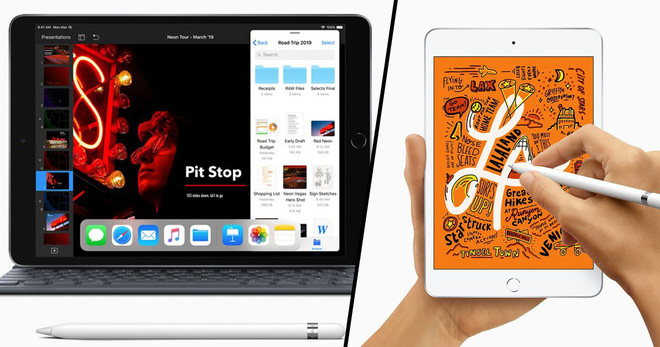
Apple just silently launched two new iPad devices, including iPad Mini 5 and a 10.5-inch iPad Air because it is going in a different direction.
- Best Gaming Phones 2025: Top Devices for Mobile Gaming
- Apple Kills Original HomePod, Focusing On HomePod Mini
- iPhone 12 Color Is Fading Away Quickly And No One Knows Why
Apple is still the only brand that doesn’t target the budget and mid-range segment. They mostly target users who are in the upper-level income segment. But only 2 or 3 models are not enough to cover the needs of this user group.
It is hard to express the surprise of Apple fans on March 18: not only launching a new version of iPad Mini but Apple also "revived" the iPad Air line with a high-end version of 10.5-inch display and price of $500. Thus, after nearly five years of inactive, the name that represents a light iPad experience has reappeared.
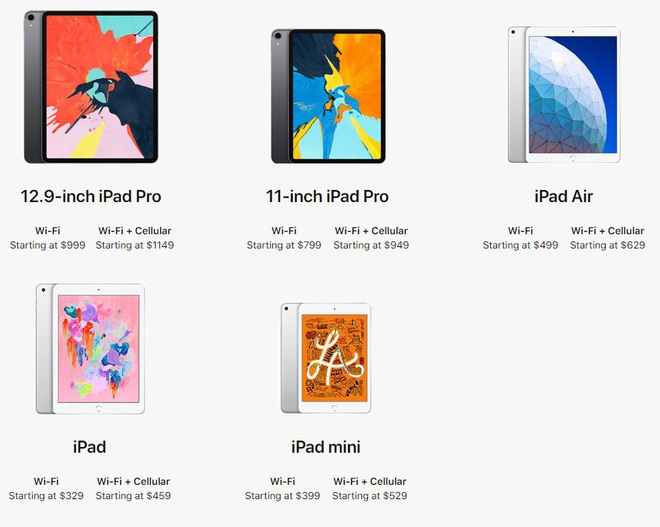
iPad Air's resurgence has created an unprecedented portfolio of iPads. Regardless of the difference in memory capacity and mobile connectivity, Apple currently has a total of five different iPad lines: iPad, iPad Mini, iPad Air, 11-inch iPad Pro, and 12.9-inch iPad Pro.
Unsurprisingly, this step was taken in a year that the iPhone portfolio was equally crowded. From the price of $450 to $1100, Apple currently has 5 iPhone lines sold at the same time: iPhone 7, iPhone 8, iPhone XR, iPhone XS, and iPhone XS Max. This list does not take into account the current iPhone X that is still available in some countries.
The case is not only happening with iPads and iPhones. In 2014, Apple unveiled an entirely new line of "MacBooks" and is still offering it alongside the MacBook Air and MacBook Pro. In 2017, Apple launched the "iMac Pro" even though it had both iMac and Mac Pro.
Every step of Tim Cook is for a purpose. So what is the intention behind the "boom" of product portfolios?
Dividing the high-end segment
In fact, despite expanding the product portfolio, Apple is still not Samsung or Xiaomi. The cheapest iPhone is currently priced from $450, while the cheapest iPad costs $330 or more. To protect its brand image and to ensure profitability, Apple is still only operating its business in the high-end segment.

But, as Tim Cook has realized, just a single smartphone or tablet is not enough to fully grasp the needs and financial capabilities of high-end users. In 2014, the iPhone began to diverse in size. In 2017, the iPhone reached the super-class segment ($1000). Up to now, iPhone has been separated into three groups: iPhone 7/8/Plus for "casual" high-end users, iPhone XR in "standard" high-end segment (which requires more than ‘casual’ but not too high ) and iPhone XS / XS Max for wealthy users.
In other words, no matter what needs for screen size or features and technology or your financial capabilities, Apple will surely have a premium product for you.

Differences in screen sizes and technology allow Apple to find every way to get into your wallets.
The return of the iPad Air and iPad Mini also carries the same nature. Currently, the 9.7-inch iPad is reserved for "casual" high-end users, iPad Air and iPad Mini back to the “standard” high-end segment and iPad Pro for those who need the most advanced experience and don’t bother about the ‘price’.
Not just Apple
Not only is Apple implementing the segmentation of the high-end segment. In 2019, Samsung not only announced 1 but 4 different Galaxy S10 models. Especially, the Galaxy S10e is almost a direct competitor to the iPhone XR. At the end of the year, Samsung will also at least release the Galaxy Note 10, and Samsung will still have the Galaxy Fold model to attract users who to them, the price is not an issue.
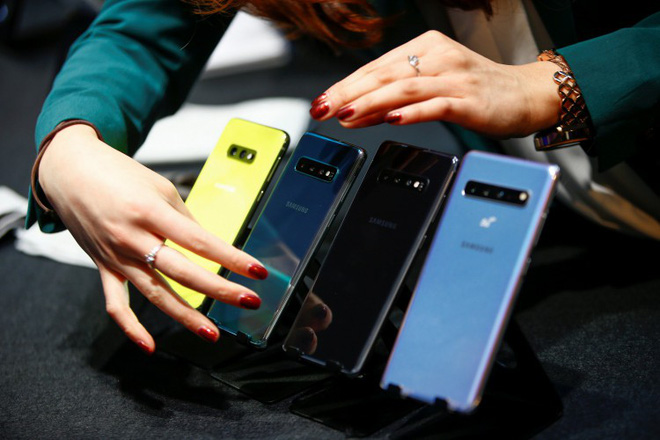
Huawei or even Xiaomi have followed similar moves: every year, the company tries to enrich the list of its flagship devices to attract all high-end users. Instead of one or two major flagship models, companies are making promises to consumers that, whether with different needs for screen size, features or with their financial capacities, they can be found a "premium" smartphone for themselves.
Why does the whole market move in that direction? Simply put, because the smartphone market is saturated and the budget and mid-range smartphones will decline faster. There is no better way to direct users to the high-end segment with higher profit margins than to offer them a variety of options.
Featured Stories

Mobile - Oct 23, 2025
How Casual Games Are Winning the Mobile Attention War
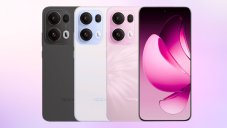
Mobile - Jul 03, 2025
OPPO Reno 14 Series Hits India: Launch Date, Cameras, and Specs
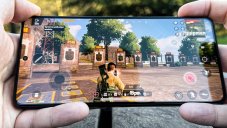
Mobile - Jun 12, 2025
Best Gaming Phones 2025: Top Devices for Mobile Gaming

Mobile - Jun 12, 2025
Vivo T4 Ultra Debuts with MediaTek Dimensity 9300+ Chipset

Mobile - Jun 08, 2025
Realme GT 7T Review: Power Meets Endurance in Controversial Style

Mobile - Jun 08, 2025
Motorola Edge 60 Set to Debut in India This June

Mobile - Jun 07, 2025
Realme C73 5G Launches in India: Budget 5G Phone Starts at ₹10,499

Gadgets - Jun 07, 2025
OnePlus 13s Makes Indian Debut: Compact Flagship Brings Premium Features at...
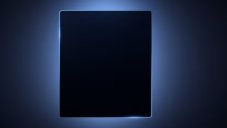
Mobile - Jun 04, 2025
Samsung Galaxy Z Fold 7 Ultra: The Next Chapter of Premium Foldables

Mobile - Jun 02, 2025
Comments
Sort by Newest | Popular